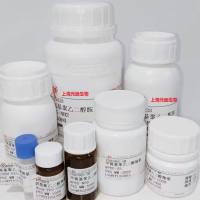Subretinal Delivery and Electroporation in Pigmented and Nonpigmented Adult Mouse Eyes
互联网
409
Subretinal injection offers one of the best ways to deliver many classes of drugs, reagents, cells and treatments to the photoreceptor, M�ller, and retinal pigment epithelium (RPE) cells of the retina. Agents delivered to this space are placed within microns of the intended target cell, accumulating to high concentrations because there is no dilution due to transport processes or diffusion. Dilution in the interphotoreceptor space (IPS) is minimal because the IPS volume is only 10–20 μl in the human eye and less than 1 μl in the mouse eye. For gene delivery purposes, we wished to transfect the cells adjacent to the IPS in adult mouse eyes. Others transfect these cells in neonatal rats to study the development of the retina. In both neonates and adults, electroporation is found to be effective. Here we describe the optimization of electroporation conditions for RPE cells in the adult mouse eye with naked plasmids. However, both techniques, subretinal injection and electroporation, present some technical challenges that require skill on the part of the surgeon to prevent untoward damage to the eye. Here we describe methods that we have used for the past 10 years (Johnson et al. Mol Vis 14: 2211–2226, 2008).








